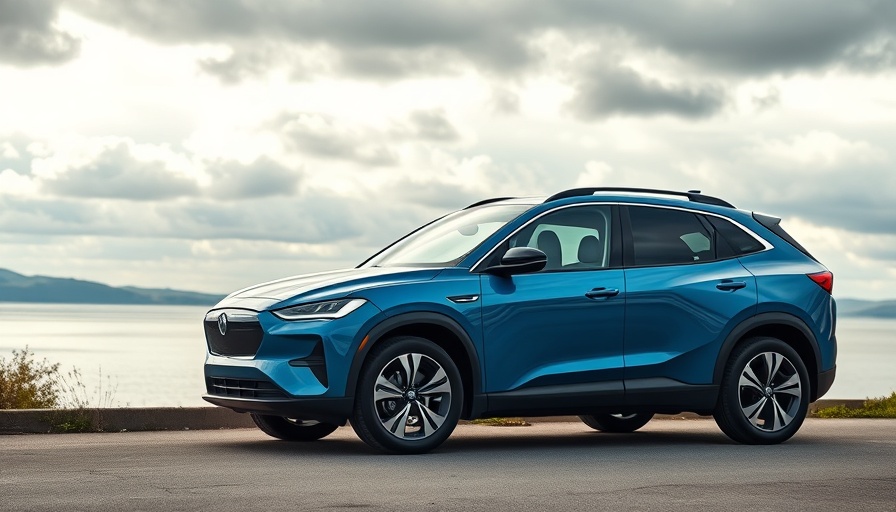
The Emerging Landscape of Affordable Electric Vehicles in 2025
The push towards electric mobility has shifted dramatically, with 2025 being heralded as a pivotal year for affordable electric vehicles (EVs) in the U.S. market. The rise in electric car sales is not only a response to escalating gas prices but also a result of advancements in technology and government incentives aimed at making EV ownership more accessible. The most recent trends indicate a significant convergence of demand for solid yet affordable vehicles, leading to a growing variety of options for consumers.
A Shift in the Affordable Electric Vehicle Market
In previous years, the majority of electric vehicles presented hefty price tags, often deemed suitable only for affluent buyers. However, as automakers strive to meet consumer demand, several models have been developed that cater to more budget-conscious buyers.
Among the most affordable electric vehicles anticipated in 2025 is the Nissan Leaf, which remains the leading entry-level option with a competitive starting price around $29,280. The introduction of the 2025 Chevrolet Equinox EV, priced at approximately $34,995, showcases the trend of affordability paired with robust performance metrics.
Government Support Fuels Growth and Popularity
Supporting this transition are government incentives, including federal tax credits, aimed at reducing the financial burden of buying an EV. The Inflation Reduction Act has ushered in fresh tax credits that make electric vehicles more appealing to a broader segment of the population. As more affordable models enter the market, analysts predict that electrified vehicles could comprise up to 25% of new vehicle purchases in 2025, up from earlier projections.
Global Trends and Competitive Dynamics
Interestingly, the global landscape is witnessing significant players like China, which for the first time, has seen EV sales surpass those of traditional internal combustion vehicles. This shift results from aggressive government policies that promote electrification and innovative battery technologies. In 2025 and beyond, the U.S. market will continue to draw inspiration from such global advancements.
What Does This Mean for the Future?
With a growing focus on sustainability, EV adoption is set for exponential growth. Advanced manufacturing processes and increasing consumer awareness related to environmental issues are driving these changes. As the market continues to mature, consumers can expect to see improvements in technology, range, and charging infrastructure, further pushing the boundaries of what's possible in the realm of electric vehicles.
Decisions Consumers Can Make in 2025
For consumers, the surge in affordable options offers a wealth of choices that align with their financial and environmental goals. The 2025 Nissan Leaf, for example, meets the needs of urban commuters seeking a budget-friendly and reliable vehicle suited for day-to-day driving. Meanwhile, models like the Hyundai Kona Electric and the Mini Cooper Electric demonstrate that style and affordability can coexist.
As we forge ahead into 2025, it's essential for potential buyers to stay informed about the various tax incentives available, which could dramatically lower the overall costs of purchasing an electric vehicle. The ongoing evolution of the automotive market suggests that the future holds exciting opportunities for those willing to embrace electric transportation.
As you consider making the switch to an electric vehicle, explore the options available to you in 2025 and take advantage of the incentives that can help reduce costs significantly. Add Row
Add Row  Add
Add 



 Add Row
Add Row  Add
Add 
Write A Comment